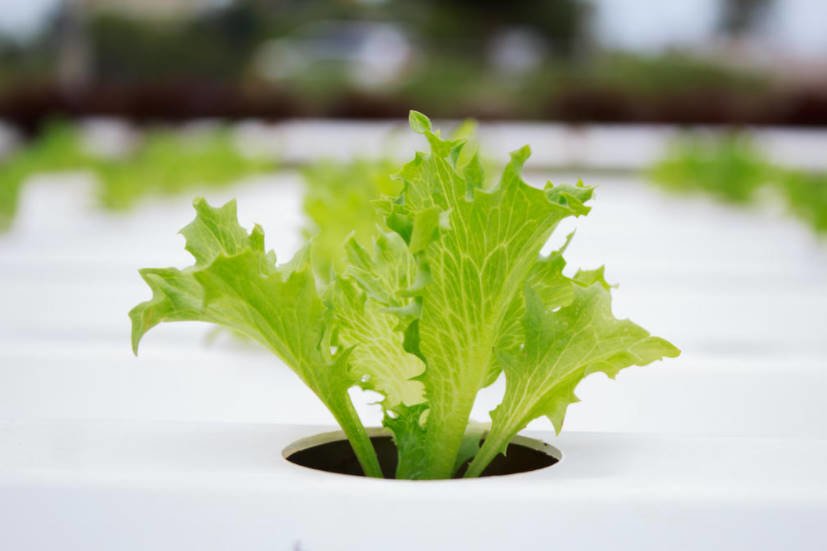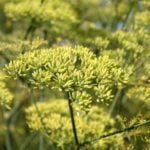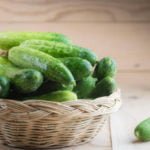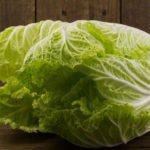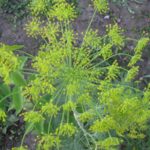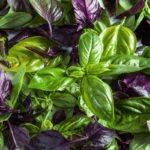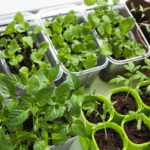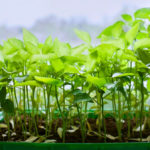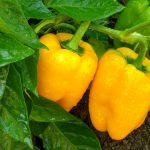At the end of the twentieth century in crop production there were new technologies that allowed to manage plants and changed approaches to their cultivation. Along with new technologies came new terms. I consider myself lucky in life. Together with his colleagues, he introduced new technologies in the economy where he worked.
And so, at the end of the twentieth century rapidly developing science. Water soluble fertilizers, cheap pumps and electric motors appeared. In Japan, growing cities, urban processes, reduced land, which was not much. In the UK and other European countries, environmentalists have banned the extraction of peat — and greenhouses were left without substrate. Man tried to grow plants in space orbit, and it also required new technologies.
What is hydroponics
Therefore, there is hydroponics. The name comes from two Greek words — water and work. Can be translated as a working solution.
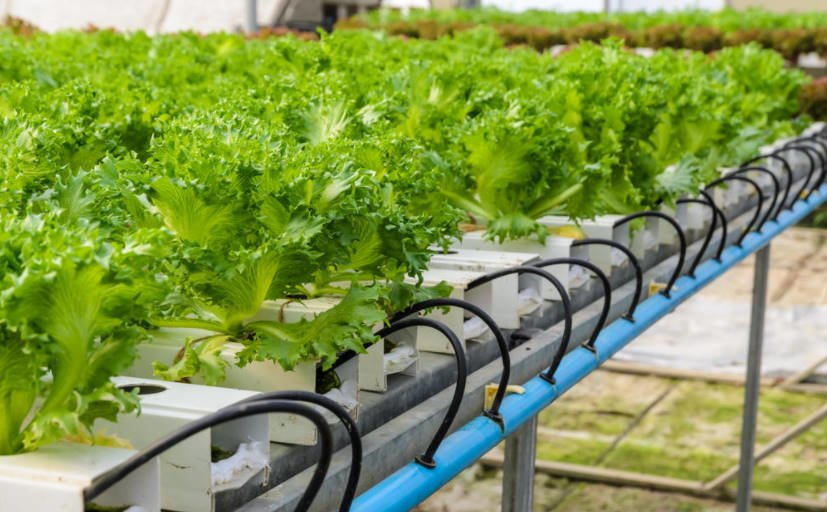
Hydroponics-a method of growing plants in artificial environments
Man decided to give the plant with water all that it took from the soil. Therefore, hydroponics is a method of growing plants on artificial media, without soil or in General on an aqueous solution. When grown hydroponically, the plant feeds on roots not in the soil, which is more or less provided with minerals and watered with clean water, and:
- aqueous medium, humid air, highly aerated
- solid, but porous medium, water and air.
The latter promotes the breathing of the roots and requires a relatively frequent (or constantly drip) irrigation with a working solution of mineral salts prepared according to the needs of this plant.
As soil substitutes can be used gravel, crushed stone, as well as some porous materials — expanded clay, vermiculite and others. These substitutes are called inert, they interact little with the roots. And at first, was a revolutionary idea: to grow a “nothing” on the water alone. Chemical production reached great heights, agronomists had a full set of micro-and macroelements in water-soluble salts.
But whatever the root lived, he needed not only food but also oxygen to breathe. Therefore, the first installations looked like this:
- either the plant was placed in a foam float-the tops floated, substituting the vegetative organs to the sun, the roots were immersed in a circulating solution of nutrient salts, into which oxygen was injected by the compressor
- either option, where the root of the plant was in a closed chamber, the nutrient solution was injected in the form of fog, the remains were removed and re-injected.
Greenhouses with such installations were in many countries-in Belgium, the Netherlands, Japan, Germany. Were even in the USSR. Everywhere these technologies were shown to journalists, managers and other guests. About them were laudable articles. But … they did not give a Significant increase in yield. Constantly working pumps, which consumed a lot of electricity, made the technology expensive and production unprofitable. And the most important: if at least one plant got sick, spores of a fungal infection got to a solution and were carried on all greenhouse. And was instantly sick all the plants. Scientists again had to look closely at the life of plants in nature.
How agronomists and engineers learned from nature
In nature, the soil consists of three phases — solid, liquid and gaseous. And the nutrients are attached to the soil absorption complex, from which the root hair absorbs what EMU needs. That is, instead of water, it is necessary to use some materials with high adsorption, which would absorb nutrients. And these materials, relatively inexpensive, were found in the construction complex: mineral wool, perlite, zeolite. Now the nutrients from the dropper fell, for example, in a package filled with mineral wool, or in a container filled with perlite or zeolite. And in this package or container the plant grew.
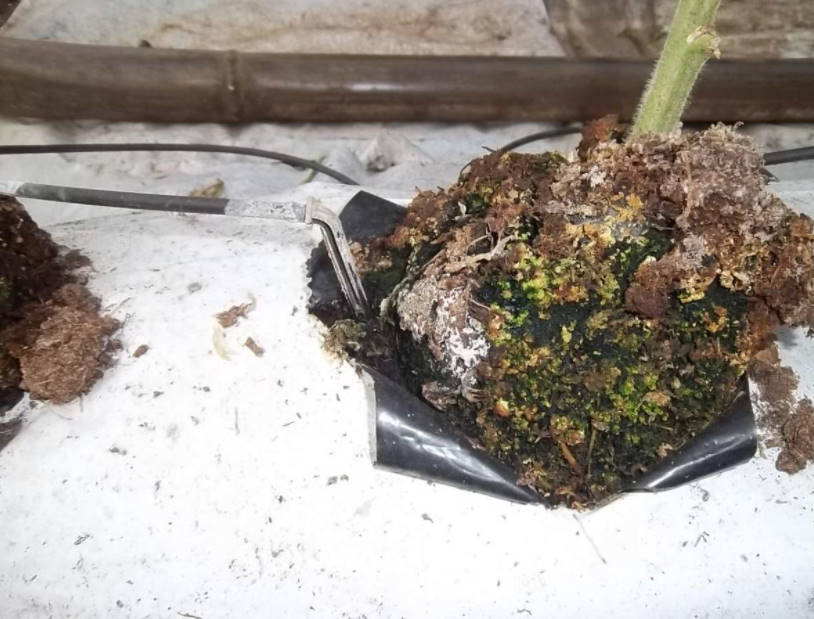
Dropper
However, engineers had to create such a device as drip irrigation. That is, from pipes to each plant there was a dropper. And each plant after a certain period of time received a portion of the solution, which contained the basic micro and macro elements. The quantity of solution and its structure was set on the computer. If needed more nitrogen-injected more nitrogen fertilizer, and if potassium, then injected more potash fertilizer. The pump was switched on for that period of time which is required to give out to each plant the set norm of a solution. And most importantly — the man could run the plant.
Saturate the soil with the necessary element, and then remove this nutrient background is not easy. Now, if bad flowering plant — increase the potassium content and the concentration of the solution. The plant is under stress, potassium diet stimulates the laying of flowers. And went flowering. And began pouring the fruit — to increase the nitrogen nutrition; nitrogen is a basic building material. The effect was significant.
I read in the literature that tomato seedlings should be chunky and with a flower brush. And how to achieve it? Especially in dark January. Watered the plant and went greasing, do not stop. Grow big seedlings without brushes. And when watering with a solution of fertilizers (1-2 grams per liter), a qualitative seedlings grew. And from her on a drip, with an iron fist. Don’t chew, work. How does the greenhouse with tomatoes on mineral wool, seen in the photo:
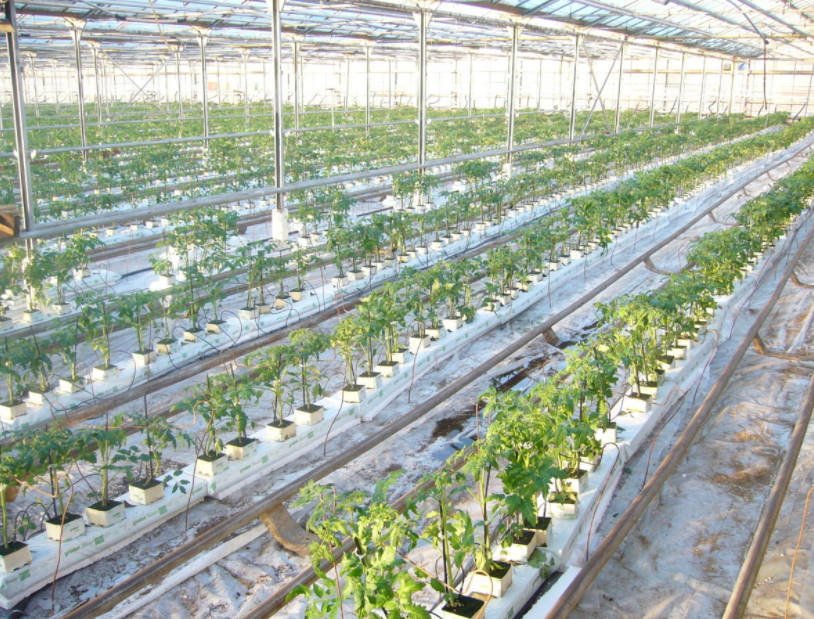
Greenhouse with tomatoes on mineral wool
And another important aspect: the use of drip irrigation instead of sprinkling allowed to reduce humidity in the greenhouse. Removed favorable conditions for diseases-plants began to hurt less. Removed soil-soil pests (nematodes) and pests that pupated in the soil, such as thrips, disappeared. And this also increased productivity.
Before using hydroponics, I read that the yield of tomatoes in greenhouses in the Netherlands is 50 kilograms per square meter. We received 25 – 27, and in solar years, the drums of labor — until 29 and 30 kilograms per square meter. And I didn’t understand how the Dutch do it. But with the advent of new technologies and we began to receive 40 – 50 kilograms per square meter. A little less Dutch growers — because of the stingy sun.
Problems of new technologies and their solutions
But with the use of inert materials for hydroponics, there were problems. The most important problem is recycling. It is clear that it is impossible to use the substrate for a long time: it accumulates pests and diseases, plant life products, and it just gets salty. And here not less than once in 2 years need of hectares of greenhouses to take and dispose of a couple of trucks perlite or zeolite. And it still did not go, and a couple of trucks mineral (construction) wool try to attach.
The second problem-inert substrate is still not enough moisture-intensive. And if suddenly the pump broke down or there is no power supply, plants perish at once. In addition, because of its low moisture content, it does not forgive mistakes agronomists: set the wrong dose of watering, not the food — problems with productivity. And of course, the price of the substrate. As you know, both mineral wool and perlite with zeolite are not cheap. Who’d be in DIY stores, who knows.
Therefore, scientists and agronomists in different countries came to the need to use organic non – inert substrates-to create hydroponics, close to nature. Low-volume culture. That is, to use almost natural substrates — peat, coconut copra, straw — but in a small, limited amount with the use of drip irrigation.
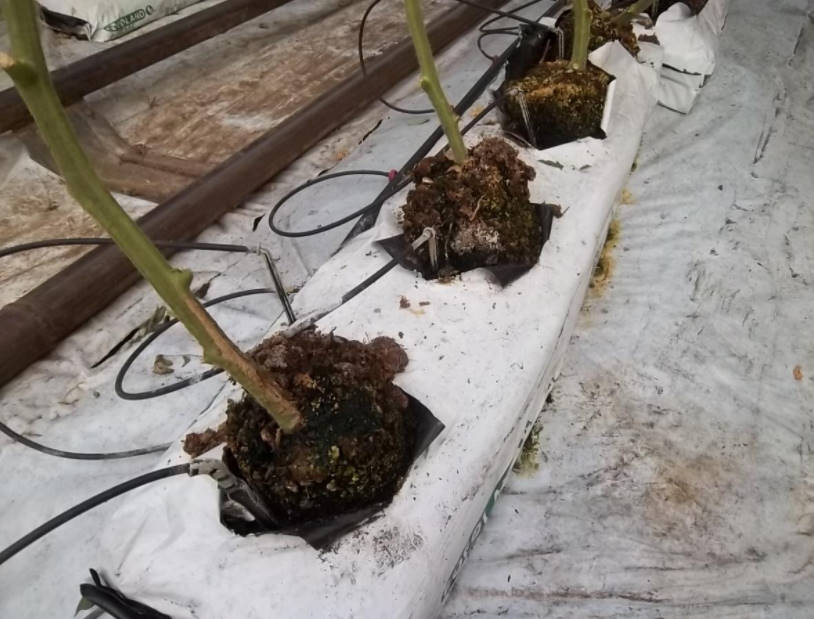
Plants on coconut
On the one hand, a relatively cheap substrate. Easy to recycle: peat and coconut soaked fertilizer, all gladly take to improve the soil in the open ground. And I grew seedlings in it. And if the problem in the irrigation system or electricity is gone, the plants will live longer. And error agronomists such a substrate smooths out. But the ability to control the plant still remained. Therefore, tomatoes and cucumbers are grown in bags stuffed with coconut shell, waste production from the island of Ceylon).
I invite you on a little photo tour of the greenhouse:
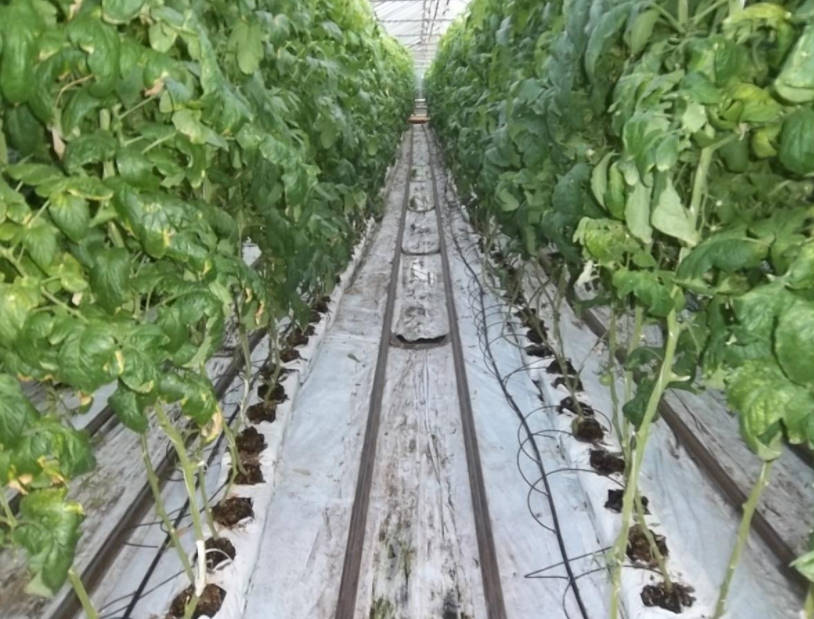
Type of greenhouse
Let’s look inside — see what looks like the root system of tomatoes growing this substrate:
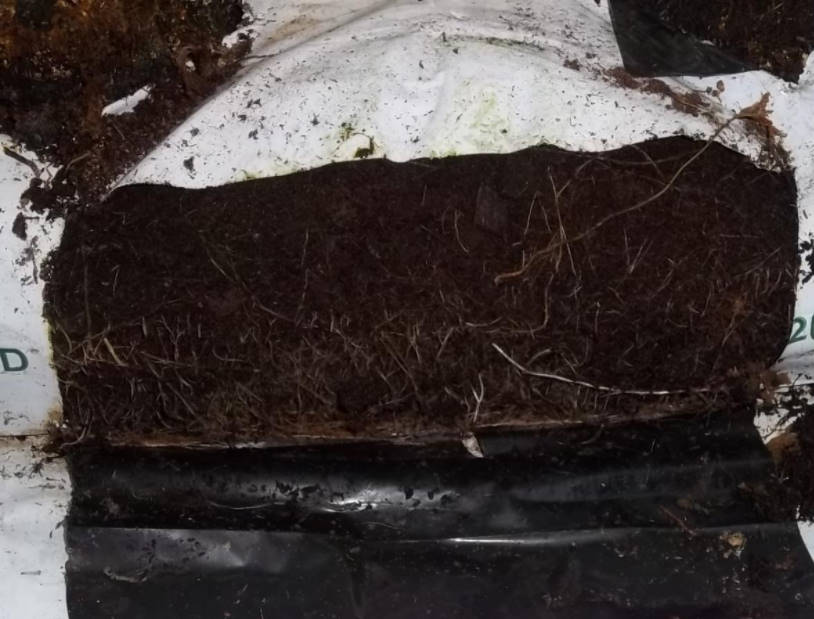
Root system
Computer equipment helps to manage the processes:
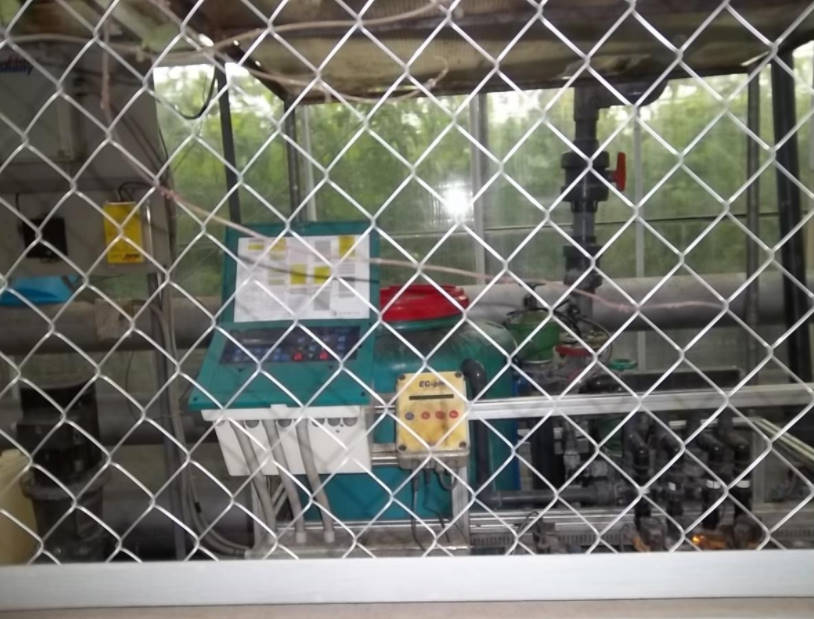
Control panel
This is how the mortar unit looks like:
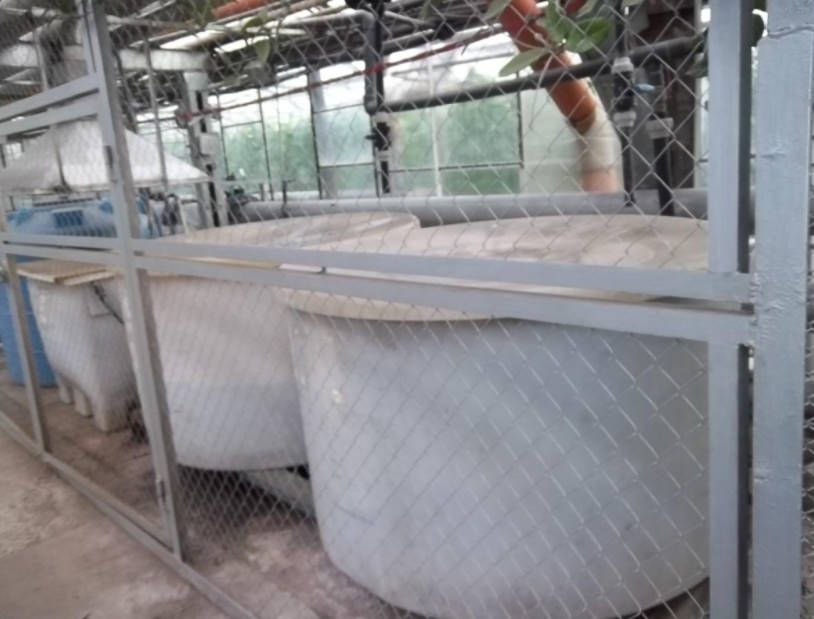
Fertilizer tanks
But let’s return to the earthly problems of Amateur gardeners. Hydroponics and other scientific advances are good.
Scientific achievements and the country house garden
- First
Active application of drip irrigation. Charged the line of drip irrigation I was brought to your garden co-op — and the technology went to the people. And now they are on sale. Stretch the drip irrigation line in the greenhouse, place the drippers under the plants, connect to the water supply. That’s it. Opened a couple of times a day for 10 minutes; well, on a hot day or in the South — there are more and more often. That’s it. You do not need a watering can or hose on the greenhouse to hide. And yet there is no excess humidity in the greenhouse, and the risk of disease is reduced.
- Second
The cucumber grows poorly in heifers on old, infected with pathogens soils. If you have such a problem — use low-volume culture. Fill a bag or bucket with peat mix, install drip irrigation and grow a cucumber on hydroponics. It is available and advanced Amateur.
- And third
Watering the plant with a solution of fertilizer, not clean water, you can control it. Concentration of fertilizer — 1-2 grams per liter. Wish flowering-increase the concentration and increase the potassium content, wish the growth of plants and fruits — slightly reduce the concentration and increase the nitrogen content in the nutrient solution.
That’s short and all. I wish you a productive use of what was invented in horticulture.
